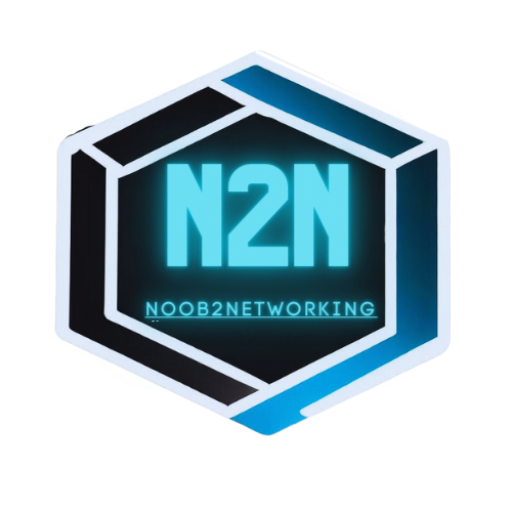“Packets, packets, everywhere
Rushing through the internet air
Building blocks of all we see
Connecting you and connecting me.
They travel fast, they travel far
From your laptop to your car
Through the wires, through the waves
Packets make the internet behave.
So next time you send an email
Or browse the web without fail
Remember packets, big and small
Are what make the internet crawl.”
Hello and welcome to another edition of Mesh it up Monday, where we explore the fascinating world of mesh networks and how they can make our lives better. Today, we’re going to talk about packets, the building blocks of the internet. 🧱
What are packets?
Packets are small pieces of data that are sent and received over a network. They are like letters in a mail system, except they travel much faster and can take different routes to reach their destination. 📬
Why do we need packets?
Imagine if you wanted to send a large file, such as a video or a photo album, to your friend over the internet. If you tried to send it as one big chunk of data, it would take a long time and might get lost or corrupted along the way. 😱
That’s why we use packets. Packets break down large files into smaller and manageable pieces that can be sent separately and reassembled at the other end. This way, the data can travel more efficiently and reliably over the network. 🚀
How do packets work?
Each packet has two parts: a header and a payload. The header contains information such as the source and destination addresses, the sequence number, and the checksum. The payload contains the actual data that is being sent. 📝
The source address is like the sender’s name and address on an envelope. It tells the network where the packet came from. The destination address is like the recipient’s name and address on an envelope. It tells the network where the packet needs to go. 🏠
The sequence number is like a page number on a book. It tells the network how to put the packets back together in the right order. The checksum is like a signature on a letter. It tells the network if the packet has been tampered with or damaged during transmission. ✍️
When a packet is ready to be sent, it is passed to a router, which is like a post office in the network. The router looks at the destination address and decides which path to take to get closer to it. The router may send the packet to another router, or directly to the destination device, depending on the network topology. 🗺️
Along the way, packets may encounter delays, congestion, errors, or failures in the network. Some packets may arrive faster than others, some may take longer routes than others, some may get lost or duplicated, and some may arrive out of order or corrupted. 😵
That’s why we have protocols, which are like rules and standards that govern how packets are sent and received over the network. Protocols ensure that packets are delivered correctly and reliably to their destination device, where they are reassembled into the original file. 🙌
Some examples of protocols are TCP/IP, UDP, HTTP, FTP, SMTP, and many more. Each protocol has its own advantages and disadvantages depending on the type of data and application that is being used. We will talk more about protocols in another post. 🤓
That’s all for today’s Mesh it up Monday. I hope you learned something new and interesting about packets and how they make the internet possible. Stay tuned for more mesh network topics in the future. Until then, happy meshing! 😊


4 responses to “Mesh it up Monday: Packets: The Building Blocks of the Internet”
Naya24download, eh? Sounds like a place to grab some downloads. Careful what you click on, though! Safe surfing, kids, and here’s the link: naya24download
XSBL, okay. This one has a great layout on mobile. That’s an important thing for some people! I like the dark mode. xsbl
Okay so 9casinobet is here! I’m going to try playing a bit longer than usual. I’ll be around the corner and lets see if I can even win a bonus or not. Just gonna let the world know.9casinobet
Bet88network, looks like a solid platform. I will give it a chance. I hope to make good profits here bet88network